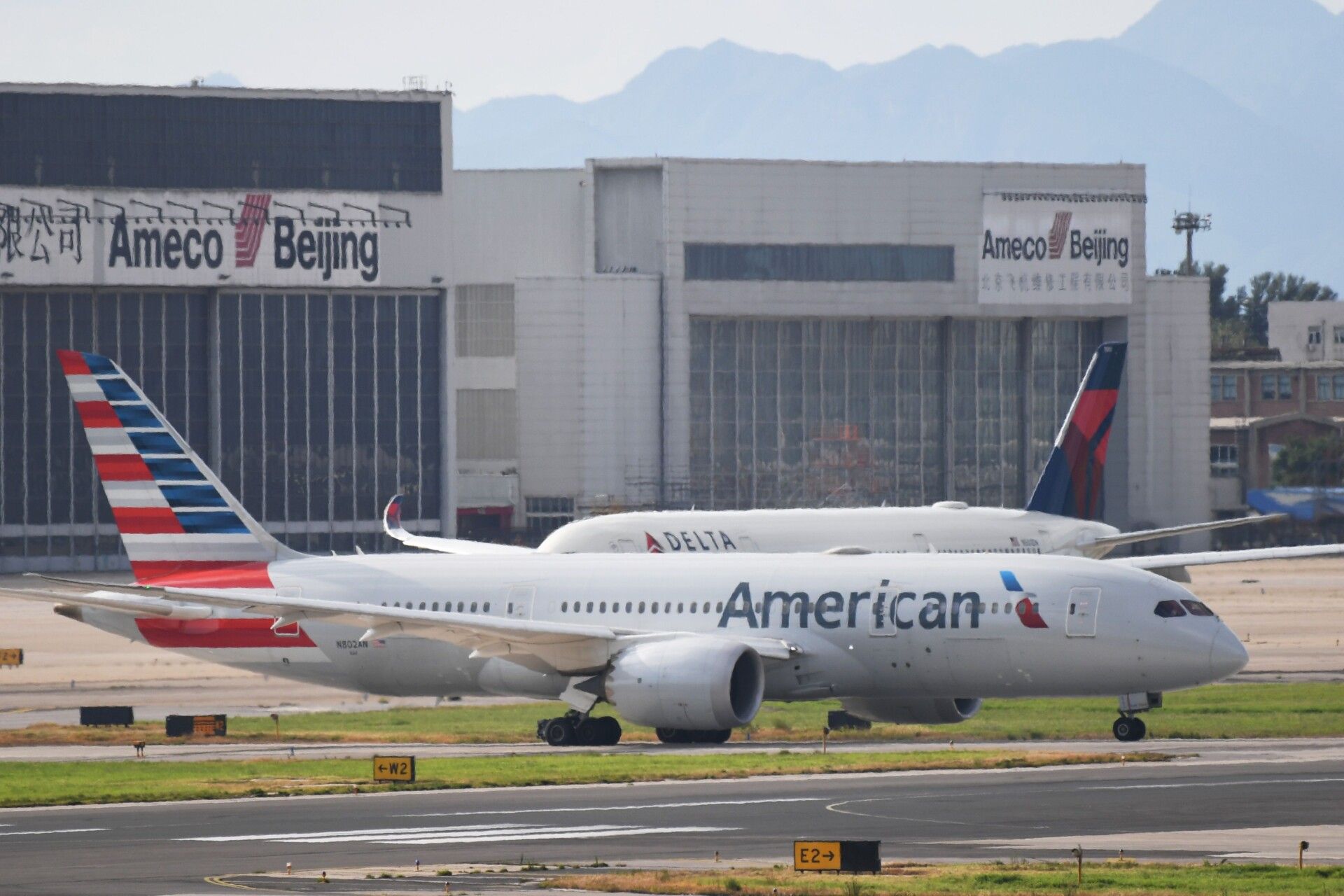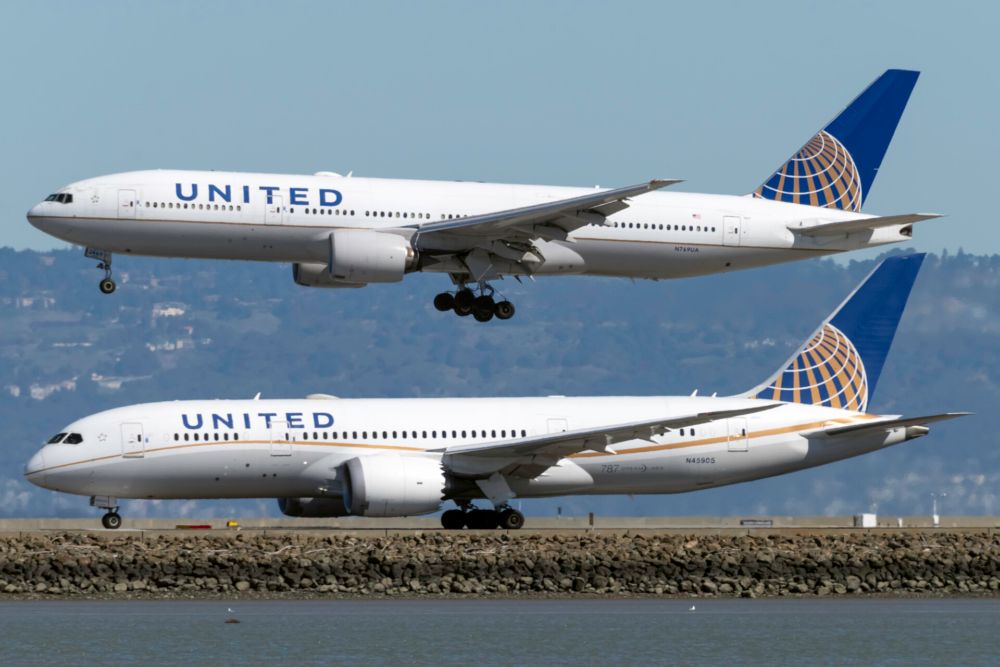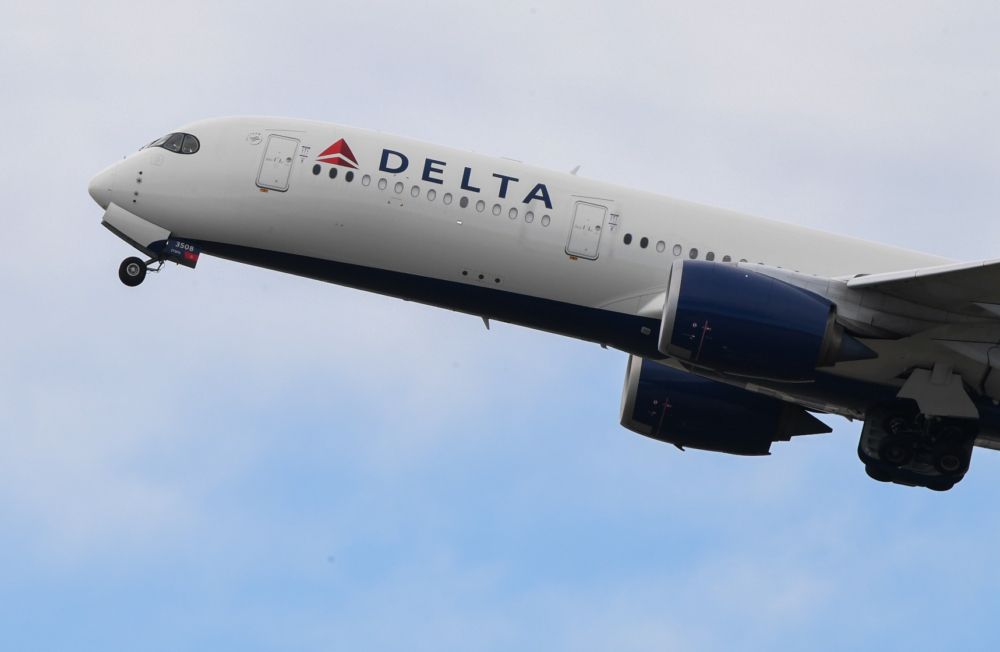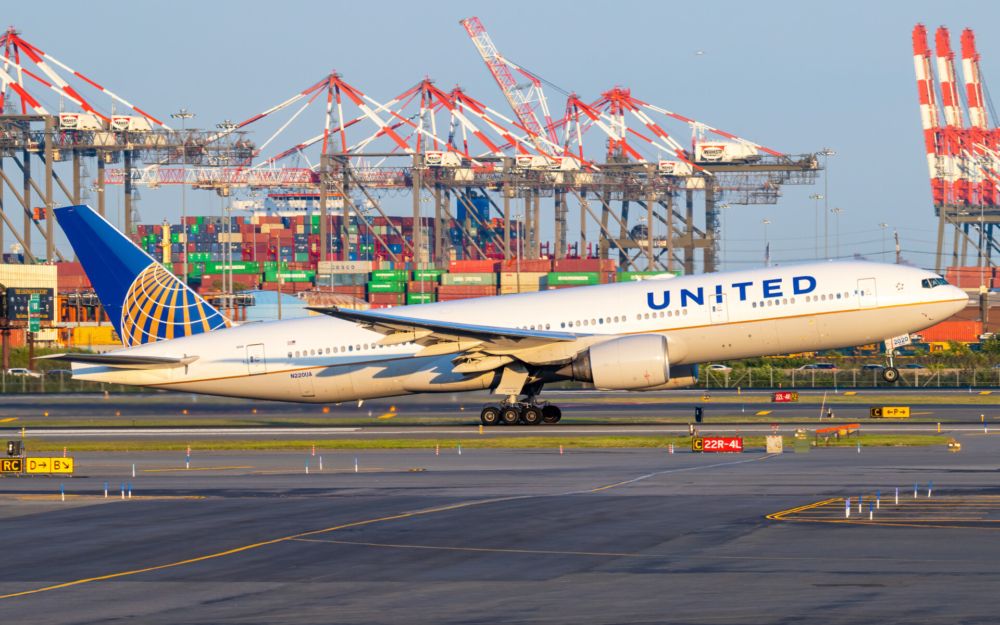As US airlines look to summer 2022, Asia remains a footnote in the overall recovery. United, Delta, and American have all concentrated their focus and aircraft operations on transatlantic operations and flights to South America. While airlines have remained bullish even on markets that have otherwise been relatively restricted in terms of travel, like Australia or Israel, the calculus is different in East Asia, where the recovery seems to still be years away.
How US carriers have structured Asia
American, Delta, and United have all made schedule reductions in Asia and plan to keep a small schedule for some time to come. All three airlines have significantly pared back their operations, mainly to China, South Korea, and Japan, which typically see the greatest amount of service from US carriers. Different countries and cities have seen different levels of service reductions, based on factors like cargo demand and partner hubs, but the overall market has seen sizable, double-digit service reductions.
Delta and American have made some more long-term reductions in their Asia schedules. Delta has pulled down nonstop service to China until at least October. American has cut much of its services to China, while United has kept a relatively large schedule to East Asia, though it is expected to pare back some of that schedule for most of the year.
Airlines expect a delayed recovery
Speaking on various earnings calls, US carriers have expressed how they believe Asia will take years to recover. China, for example, has not shown an interest in reopening international borders before 2023 at the soonest. Even then, restrictions are likely to be heavy for inbound travelers. Meanwhile, Japan and South Korea continue to wait and watch the overall situation.
Asia also relies on a significant amount of business travel that has yet to make a full return. This primarily involves large corporate travel contracts, which have returned at a much slower pace than smaller corporate enterprises and leisure travelers. When these customers return will likely be a question not just of travel restrictions, but of how confident businesses are that their travelers will be able to go, do their business, and come back with as few hiccups and restrictions as possible.
Stay informed: Sign up for our daily and weekly aviation news digests.
Airlines have rededicated aircraft
Airlines have largely rededicated the aircraft they had scheduled for transpacific travel to operate flights across the Atlantic to places like Europe, Africa, the Middle East, and South America. This has led to an expansion of routes and frequencies on several routes. One exception is American Airlines, which is facing a crunch of widebody aircraft and has had to operate a significantly smaller schedule to Europe than it wants to.
This raises the question of whether or not airlines would bring back services to Asia if things reopened quicker than expected. For example, as various destinations announced plans to reopen in summer 2021, US carriers added flights and even launched some new routes to Europe. However, things are different in 2022.
For one, US airlines are reporting that there has been a strong release of pent-up demand for summer 2022. Bookings are coming in, and while carriers have stated their flexibility in pulling down flights to Europe if things do not materialize the way anticipated, few have indicated a willingness to move planes over to a slower-recovering sector, especially if Europe appears more profitable.




